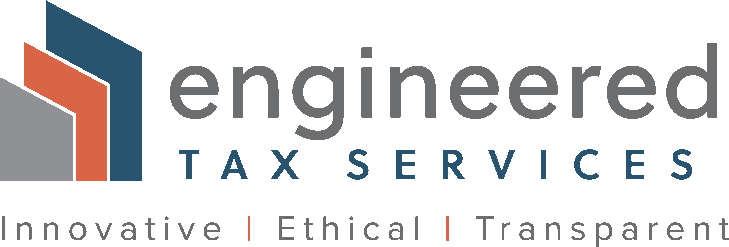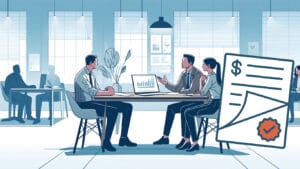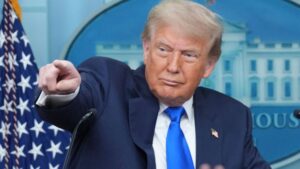The world of energy tax incentives for technical designers has seen major shifts lately, particularly regarding nonprofit projects. Section 179D deductions, which provide substantial benefits for enhancing commercial building efficiency, can now be claimed by technical designers working with tax-exempt entities.

This opens up exciting new possibilities, but to capitalize on these opportunities, the intricacies surrounding 179D eligibility and allocation must be grasped fully. Technical designers are now at a crossroads, able to gain significant advantages through 179D while also facing nuanced hurdles.
The Evolving Relevance of 179D for Nonprofits
Initial Limited Applicability
Section 179D has long been a prized tax provision for commercial and high-rise residential building energy efficiency upgrades. However, its usefulness for nonprofits was originally restricted. As tax-exempt entities, nonprofits don't directly gain from tax deductions. So while 179D provided value for tax-paying entities, its framework was less relevant for many nonprofits.
Changes Arrive With the Inflation Reduction Act
This landscape of energy tax incentives for technical designers transformed for 2023 with the passage of the Inflation Reduction Act. The Act opened the door for technical designers working on nonprofit projects to claim 179D deductions themselves. Professionals like architects, engineers and contractors could now benefit from 179D for their eligible nonprofit work.
Previously, only governmental bodies could allocate 179D through a required allocation letter process. Strict regulations prevented these public entities from demanding improper compensation in exchange.
With the Act, now all tax-exempt groups gained allocation abilities, including nonprofits.
Strategically Navigating 179D as a Designer
With energy tax incentives for technical designers now more accessible via 179D deductions for nonprofit projects, professionals can seize this opportunity through strategic actions. Here are some tips to keep in mind:
- Recognize the allocation letter's vital role. This document is what enables you to claim the 179D tax deduction.
- Maintain meticulous compliance from the start. Have all essential records like invoices, equipment details, performance certificates and inspection reports readily available. This evidence is crucial for securing your deduction.
- Consult specialists. The complexities around 179D eligibility can trip up designers. Firms like Engineered Tax Services bring focused expertise to maximize your deduction and avoid costly errors.
A Real-World Example
To better understand the process of claiming energy tax incentives for technical designers through 179D, let’s take a look at an example scenario.
John Kim, an architect based in Portland, recently helped design a new community center for Brightwood, a local nonprofit serving low-income families. The project involved extensive upgrades to improve energy efficiency, including:
- High-performance insulation and windows
- Energy-efficient HVAC systems
- Automatic lighting systems
These upgrades would reduce the building's energy use by over 40%, but as a nonprofit, Brightwood would not directly benefit from the available 179D deduction on the project. Fortunately, John learned that as the lead technical designer he could claim the 179D tax deduction himself under recent legislative expansions.
Once the building was completed and certified as energy efficient, John worked with Brightwood to secure the required 179D allocation letter. This enabled him to claim a substantial deduction on his next tax return while Brightwood benefited from drastically reduced utility bills.
Lean on ETS as Your Trusted 179D Advisor
As the scope of energy tax incentives for technical designers constantly evolves, it's imperative for professionals to have knowledgeable partners guiding them through this intricate field. ETS excels in the nuances of tax credits and incentives like 179D. By teaming up with us, you can transform legislative changes into major savings for your business.
Are you ready to maximize the potential of 179D for nonprofit projects? Connect with the experts at ETS. We're committed to clearing the path for your financial success. Contact us today to start strategically securing your savings.




